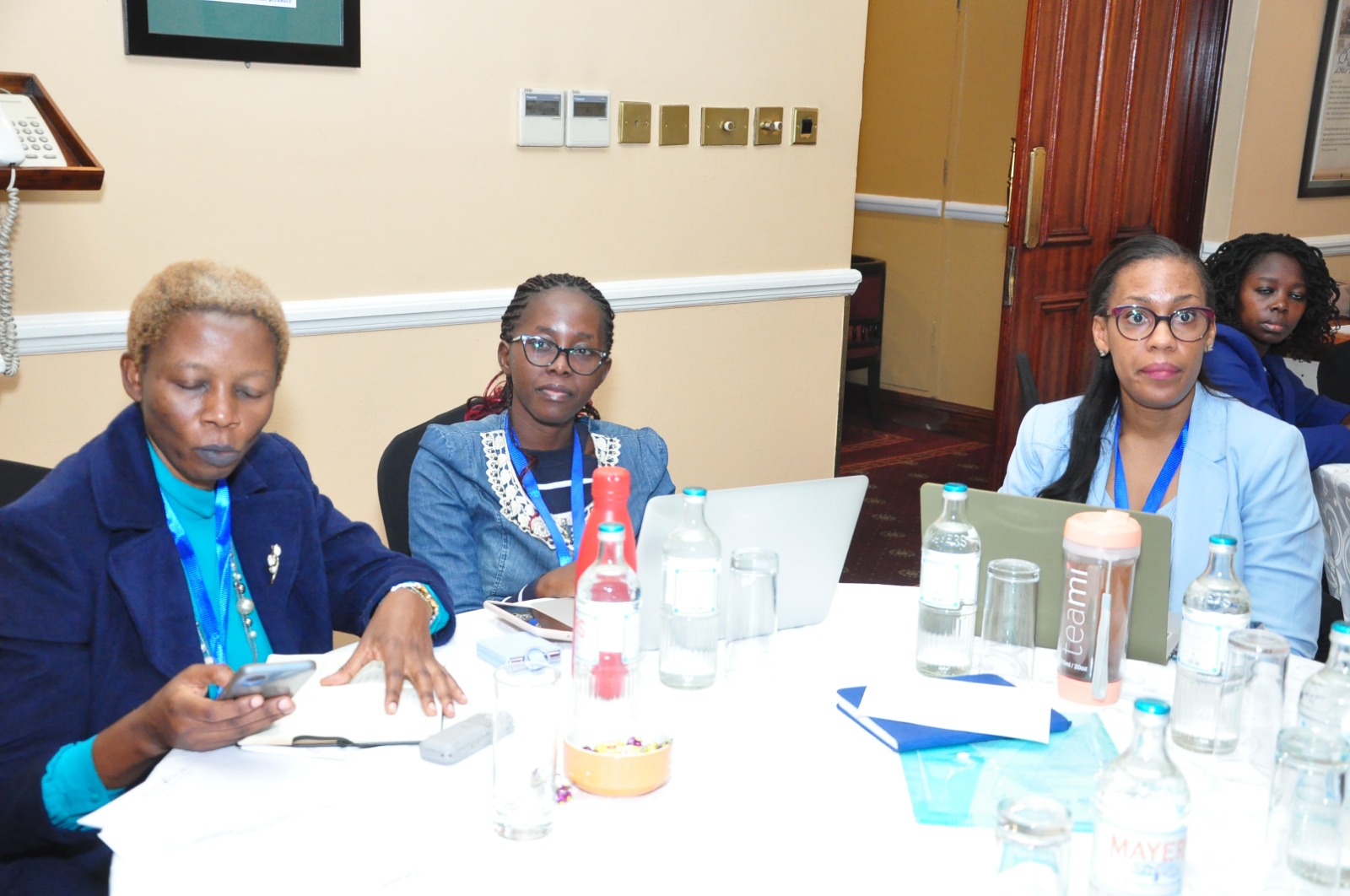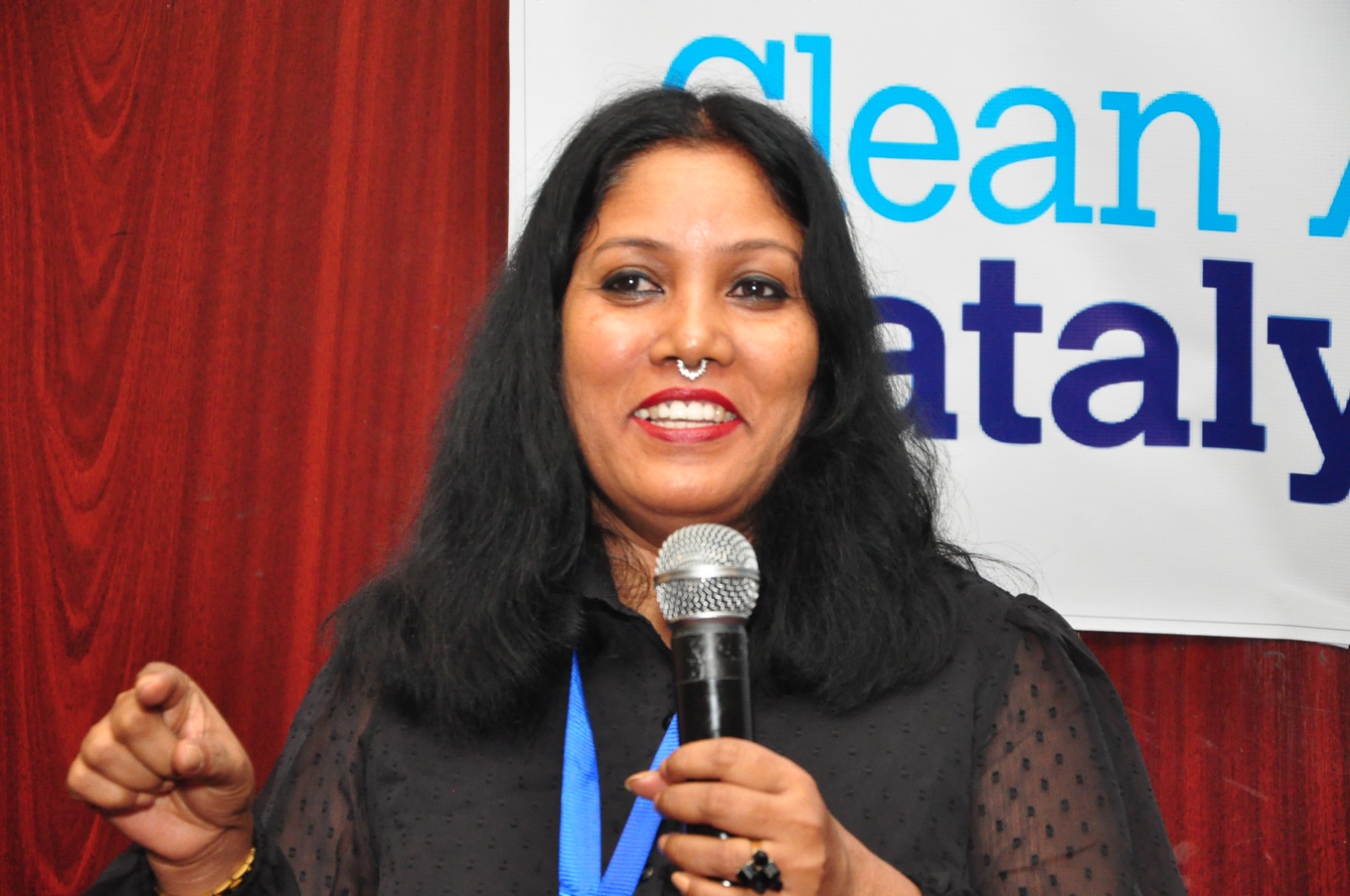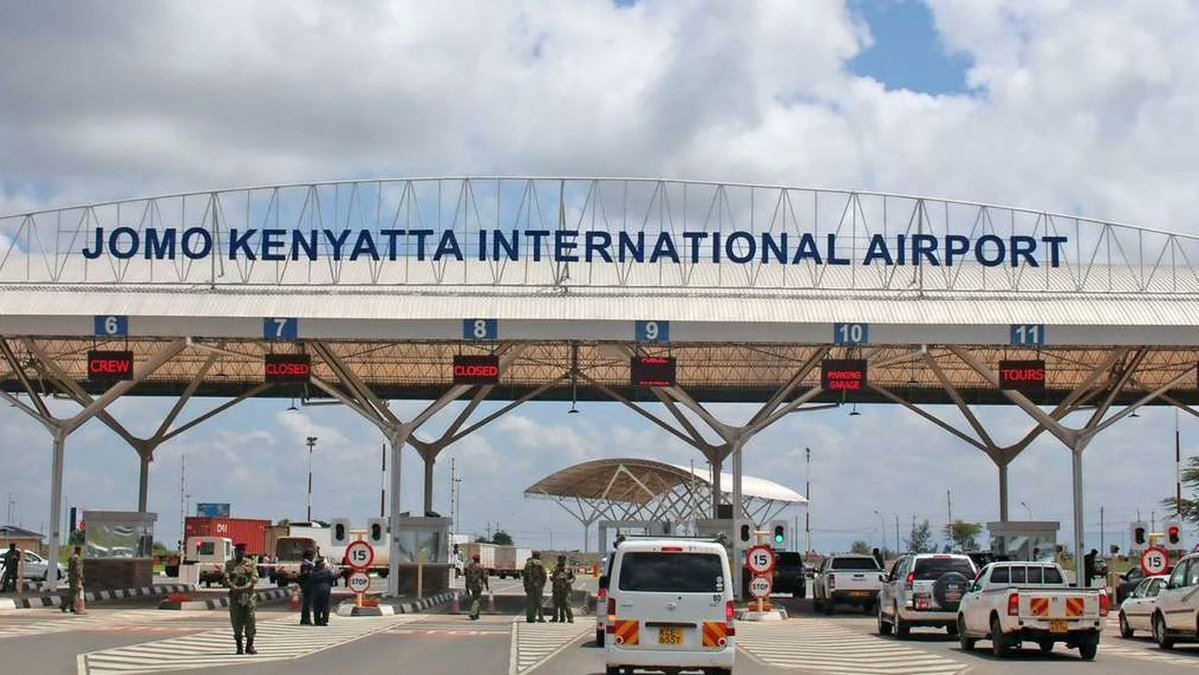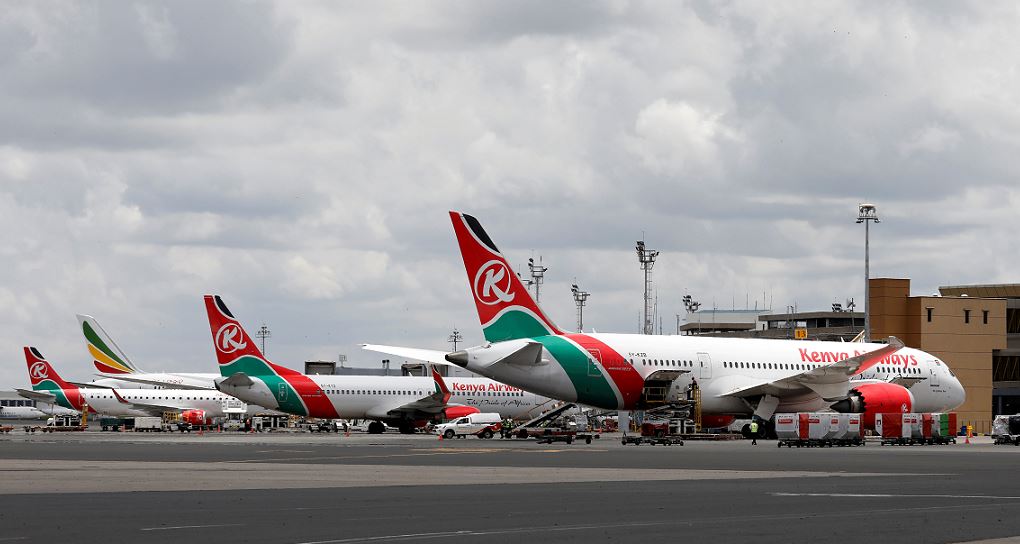Air pollution has remained a major challenge in Nairobi County with different experts expressing worry that it can easily lead to a full-blown crisis.
Studies have shown that the Nairobi air quality is consistently poor, with average annual PM2.5 levels more than double the World Health Organization's (WHO) guideline levels (WRI,2021).
The ever-increasing population and the intensification of industries, deforestation, construction works, and vehicular traffic, have caused the air quality to worsen over the years.
Currently, Nairobi residents are exposed to volatile organic compounds putting their lives at risk.
Read More

Speaking during the Climate Change and Air Quality Monitoring Media Workshop on Tuesday, February 27, Maurice Kavai, Deputy Director: of Climate Change and Air Control Quality Monitoring, revealed that the transport sector is the leading air polluter in the city.
With the transport sector accounting for 45 percent of Nairobi's air pollution, it is followed by waste at 33 percent and stationery energy at 22 percent.
According to Clean Air Catalyst, a global partnership working to improve air quality in cities around the world, commercial eateries, industries, and households are also contributing to this trend of air pollution in the city.
These according to the National Environment Management Authority (NEMA) have deteriorated the quality of life of Nairobi residents by exposing them to various health complications.
How to Avert the Looming Air Pollution Crisis
To avert the upsurge of air pollution in the city, Nairobi County proposed three strategies that will be prioritised
Governor Johnson Sakaja's administration has vowed to integrate climate change and Air Quality into the city’s plan, processes, and governance system.
Sakaja's administration is also keen to develop a framework for air quality monitoring solutions that are user-friendly and provide easy access to air quality data for decision-making in Nairobi City County.
Providing leadership for stakeholder engagement and providing pathways that underpin building the local community towards clean air also featured among the strategies in the pipeline to avert the air pollution crisis in the city.
.jpeg)
Additionally, Clean Air Catalyst shared insights on how to avert the looming crisis. In their report presented during the workshop, they urged Nairobi County leadership to Improve Source Awareness by building a shared understanding of the pollution sources that affect communities in each city.
The experts also advised the city leadership to Co-design Solutions which include Identifying effective actions by analyzing root causes and understanding political economy and emissions impact.
Furthermore, Sakaja was advised to Build a Strategic Coalition which entails bringing together a coalition of public, private, and community partners to reduce air pollution from a priority source.
Other Solutions
Internews Earth Journalism Network which organised the workshop noted that journalists and media houses can also play a vital role in averting the air pollution crisis in the city.
Internews Earth Journalism Network pointed out the need to strengthen the capacity of local journalists to report on air pollution in Nairobi and deepen public understanding of the sources, impacts, and solutions of air pollution.
"The media is critical in informing the public, shaping perceptions, and driving policies relating to air pollution. Journalists can stimulate community-level dialogues and help create enabling environments for policies. The mainstream media, community media as well as social media can reinforce key messages on air pollution and potentially bring about greater accountability and behavioural change," Internews observed.

However, Internews noted that the operating model in the country was also impeding proper coverage of pollution stories and a lack of understanding among some media practitioners.
"The media in Kenya operates within a business model where only stories that have the potential to sell are prioritized and those that are not highly considered appealing are limited in coverage. This puts air quality issues at a detriment. Also, the complexity of air quality and air pollution itself makes it difficult for environmental journalists to cover these stories."
However, all stakeholders vowed to collaborate to avert the looming air pollution crisis in Nairobi.
-1709023354.jpeg)




-1670665275.jpg)
